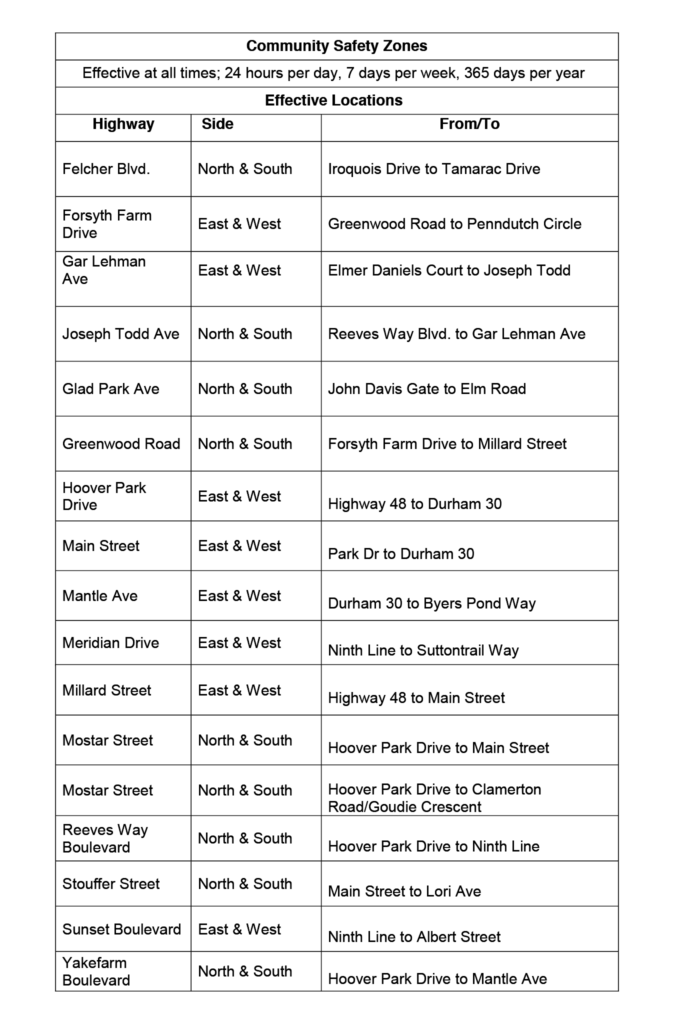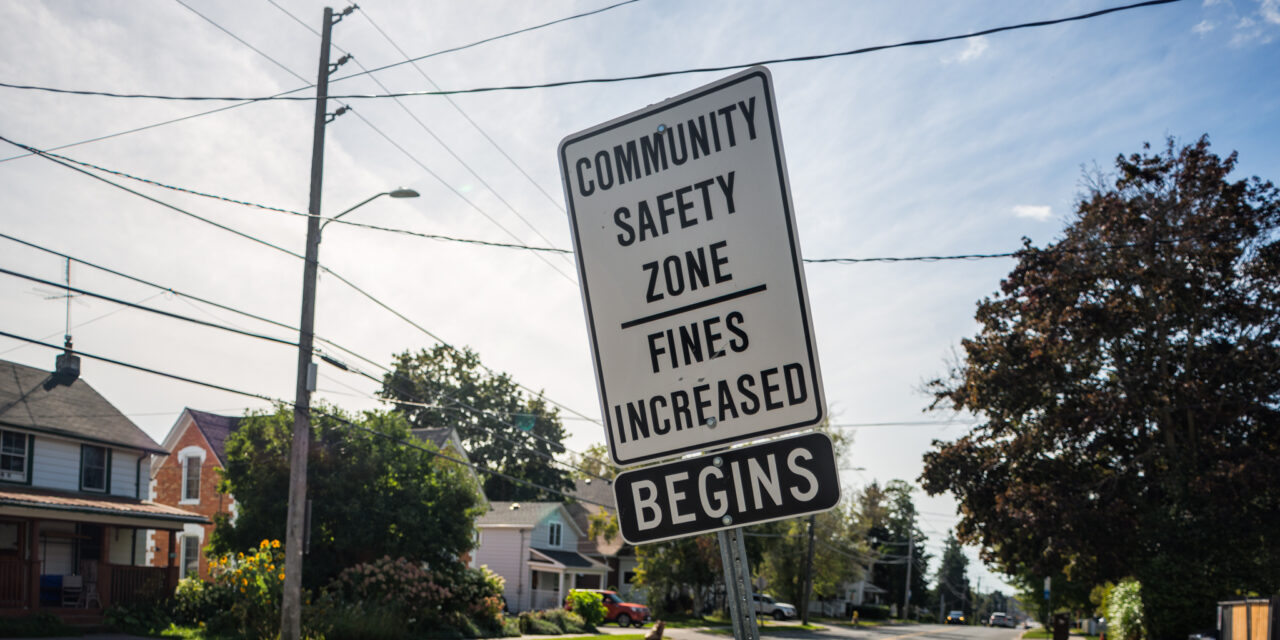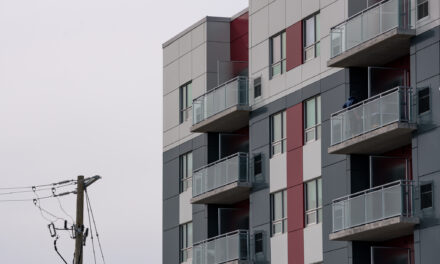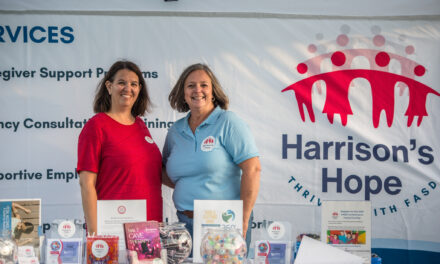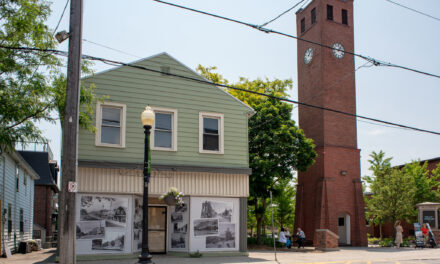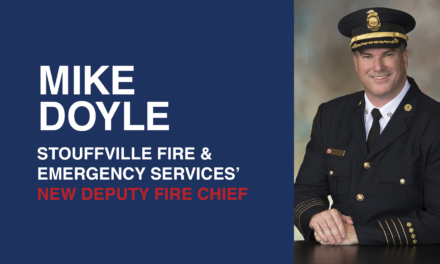- Council unanimously supported the expansion of Stouffville’s Community Safety Zones during its September 25, 2024, meeting.
- Community Safety Zones (CSZs) are typically established on roadways near public schools and select parks to address dangerous driving behaviours and enhance public safety.
- Within CSZs, fines are doubled for moving violations such as speeding and failing to stop at stop signs.
- Stouffville will request that York Regional Police maintain a sustained enforcement program within these zones.
- A complete list of affected municipal roads can be found in the approved Traffic By-Law amendment and in the table below.
- The Town has also provided a map displaying CSZ locations.
“Community Safety Zones are sections of roadways where public safety is of special concern,” the Staff Report explains. “The intent of these zones is to modify driver behaviour and increase safety for all road users, particularly vulnerable road users like children.”
Traffic laws remain unchanged within CSZs, as do parking fines and demerit points. However, fines are doubled for moving violations including speeding, stop sign and traffic signal noncompliance, careless driving, and failing to yield, Staff noted.
York Region implemented CSZs on all Regional roads adjacent to public schools in 2012. This included portions of Ninth Line, Bloomington Road, and Aurora Road. Stouffville then followed suit in 2019 by establishing zones for schools on municipal streets.
With Council’s recent decision, CSZs will now be deployed on municipal roadways near select public parks, including Byer’s Pond, Felcher, Gar Lehman, Greenwood, Madori, Memorial, Rupert, and Wheeler’s Mill.
The expansion also broadens the scope of CSZs to allow for their use along extended stretches of roadways that include local schools and parks. For example, the entirety of Hoover Park between Highway 48 and York Durham Line will be designated as a single CSZ, as will Main Street from Park Drive to York Durham Line and Millard from Highway 48 to Main.
During Council’s meeting, Councillor Hugo Kroon mentioned that private schools on rural Regional roads do not have CSZs in place. Councillor Maurice Smith echoed this concern regarding Regional roadways abutting municipal parks. Both requested that Town Staff and Mayor Iain Lovatt, Stouffville’s representative at York Regional Council, advocate for Regional CSZ expansion to include these locations.
“Children need to be protected no matter where they choose to go,” Kroon said. Mayor Lovatt committed to drafting a letter to Regional Staff requesting this expansion in collaboration with the two councillors.
Staff also noted that CSZ criteria could be expanded in the future to include other public facilities like retirement homes and community centres.
According to the Report, “the benefit of CSZs is maximized by limiting their quantity and ensuring their placement in areas of most significant concern.” In line with this, Staff emphasized the need for York Regional Police to effectively enforce violations occurring within CSZs and will submit a request for them to maintain a sustained enforcement program.
While some traffic studies within CSZs have shown limited success in reducing speeding, the zones will be key to the Town’s future automated speed enforcement program. Ontario’s Highway Traffic Act dictates that speed enforcement cameras can only be installed within CSZs and school zones, and the combined tools would alleviate some of the enforcement burden on York Regional Police.
“The CSZs are a very important part of…automated speed enforcement,” Jack Graziosi, Stouffville’s Commissioner of Engineering and Public Works, explained to Council. “The two, working together hand in hand, are intended to change driver behaviours in these defined areas.”
A complete list of municipal CSZ locations can be found in the table below, which was sourced from the amendment to Stouffville’s Traffic By-Law. While approved, the new zones will not be enforceable until signage is posted identifying them.
